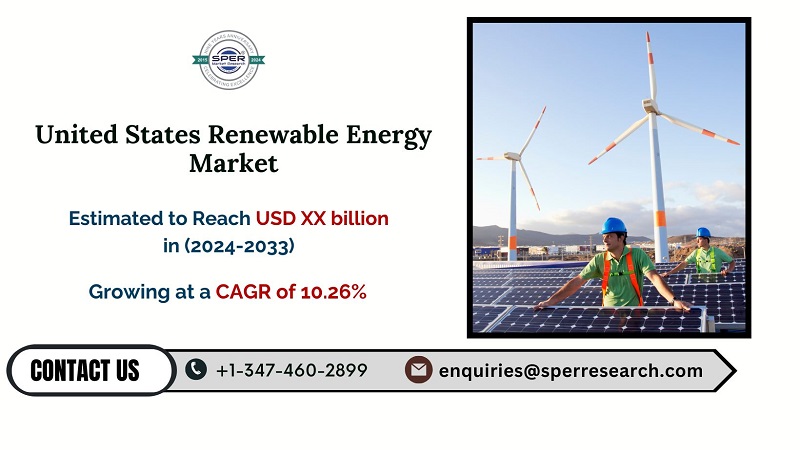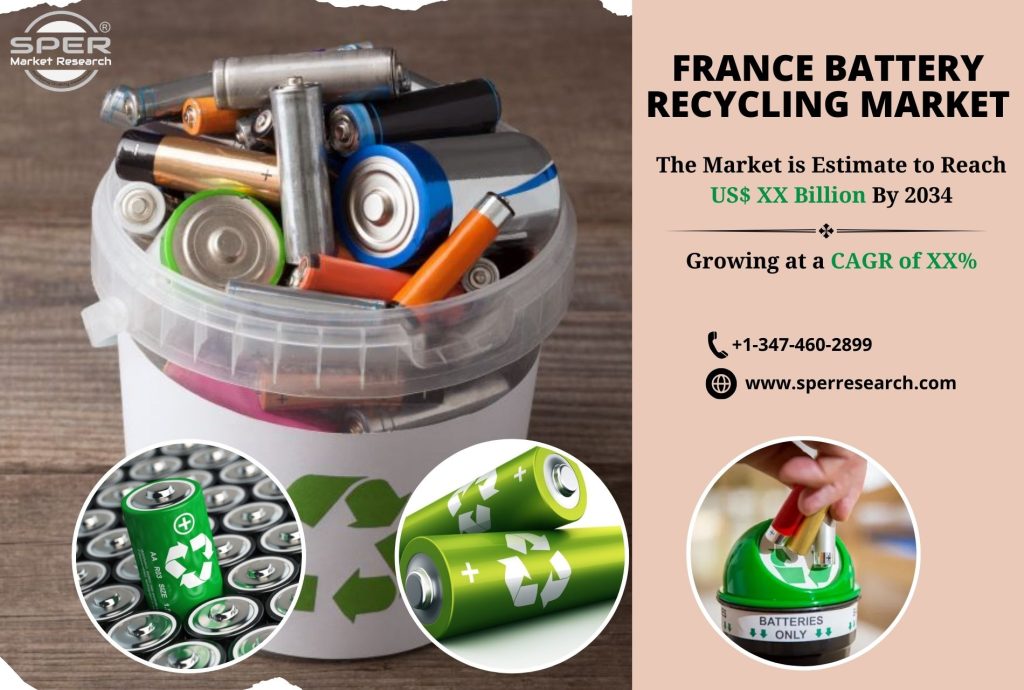The process of turning non-recyclable waste materials into useable energy, usually in the form of heat or electricity, is known as waste-to-energy, or WTE. This technique offers an alternate energy source while assisting in the reduction of the amount of waste that is dumped in landfills. Waste materials, including municipal solid waste (MSW), are burned in the process to produce heat, which is subsequently converted into steam. Power is produced by this steam driving turbines that are connected to electrical generators. In order to turn organic waste into biogas or synthetic fuels, waste-to-energy facilities also employ additional methods like gasification or anaerobic digestion. WTE facilities can function effectively in crowded urban locations with limited landfill space, providing advantages for both waste management and energy generation.
According to SPER market research, ‘China Waste to Energy Market Size- By Technology, By Waste Type, By Application- Regional Outlook, Competitive Strategies and Segment Forecast to 2033’ state that the China Waste to Energy Market is predicted to reach XX billion by 2033 with a CAGR of 4.98%.
Drivers: The waste-to-energy (WTE) market in China has grown significantly due to a number of important factors. WTE infrastructure development has benefited greatly from the government’s strong support for renewable energy, which includes advantageous regulations and large investments. Since China is now the world’s second-largest producer of municipal waste, there is a greater need for WTE solutions. These changes demonstrate China’s dedication to growing its WTE industry, tackling waste management issues, and encouraging the generation of renewable energy. The advancement of sophisticated waste-to-energy technologies, such pyrolysis and gasification, which provide more effective and clean substitutes for conventional incineration, also helps the market expand.
Restraints: China’s waste-to-energy (WTE) industry is prevented by several obstacles from developing to its full potential. The large initial investment needed for WTE projects—imported incineration equipment being especially expensive—is a major problem. Ineffective waste segregation causes municipal solid waste (MSW) to have a high moisture content, which lowers heating values and causes incineration units to operate inefficiently. Poor incineration facilities can release dioxins and other chemicals that contribute to air pollution and public health problems, thus environmental concerns are still present. To overcome these obstacles and guarantee the long-term expansion of China’s WTE sector, significant infrastructure investments, strict environmental laws, and strong public involvement are required.
Request a Free Sample Report: https://www.sperresearch.com/report-store/china-waste-to-energy-market.aspx?sample=1
Shenzhen dominating in China’s waste-to-energy market, operating the world’s largest plant that processes up to thousand tonnes of waste daily, effectively addressing the city’s significant waste management challenges. Some of the key market players are Babcock & Wilcox Enterprises Inc, China Everbright International Limited, Covanta Holding Corporation, Veolia Environment SA, Zheneng Jinjiang Environment Holdings Co Ltd.
China Waste to Energy Market Segmentation:
By Technology: Based on the Technology, China Waste to Energy Market is segmented as; Thermochemical, Biochemical.
By Waste Type: Based on the Waste Type, China Waste to Energy Market is segmented as; Municipal Solid Waste, Process Waste, Agriculture Waste, Others.
By Application: Based on the Application, China Waste to Energy Market is segmented as; Electricity, Heat.
By Region: This report also provides the data for key regional segments of North China, Northeast China, East China, South Central China, Southwest China.
For More Information, refer to below link: –
China Waste to Energy Market Forecast
Related Reports:
Follow Us –
LinkedIn | Instagram | Facebook | Twitter
Contact Us:
enquiries@sperresearch.com









